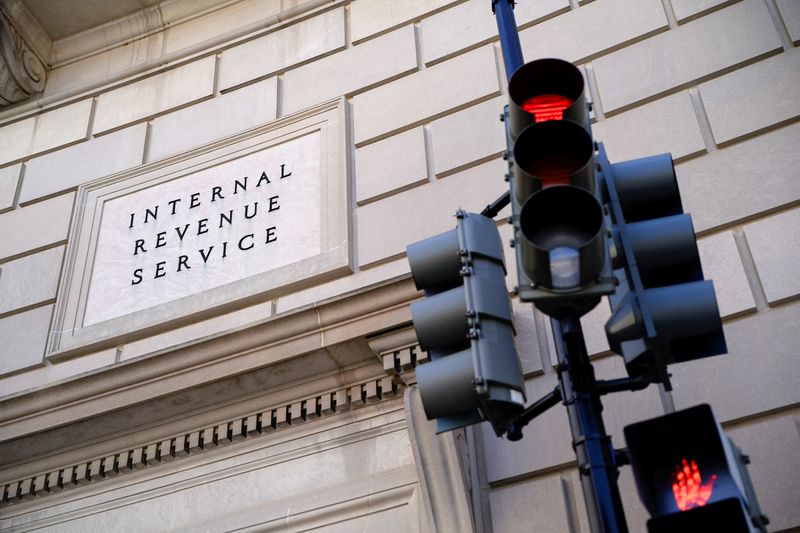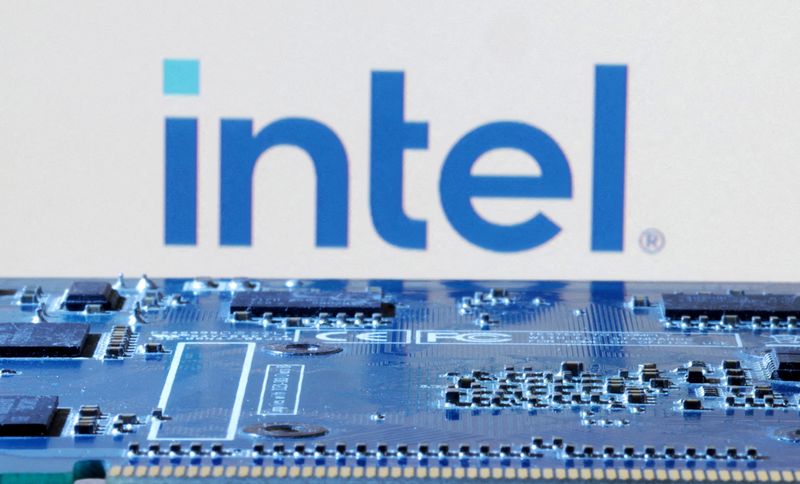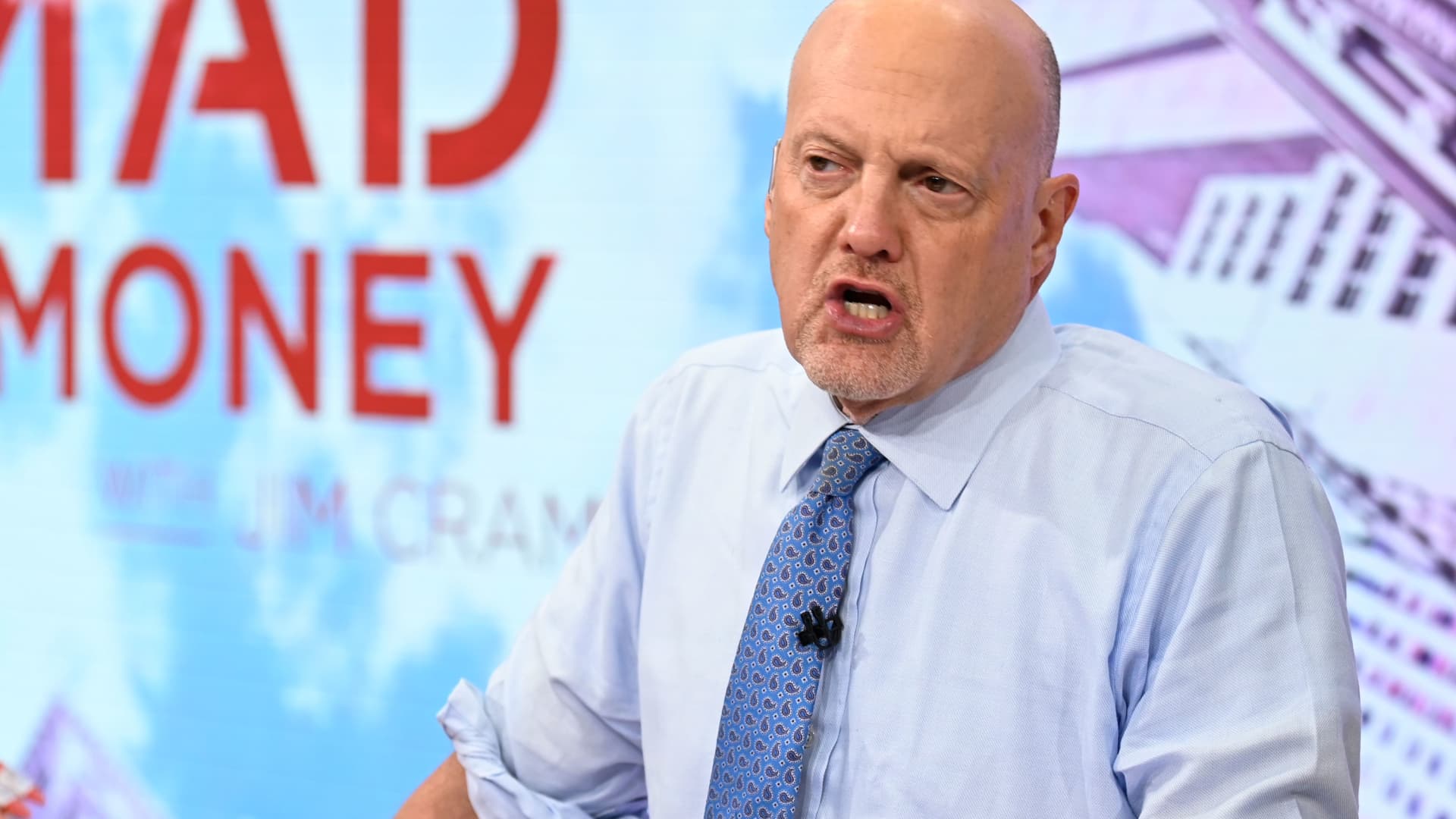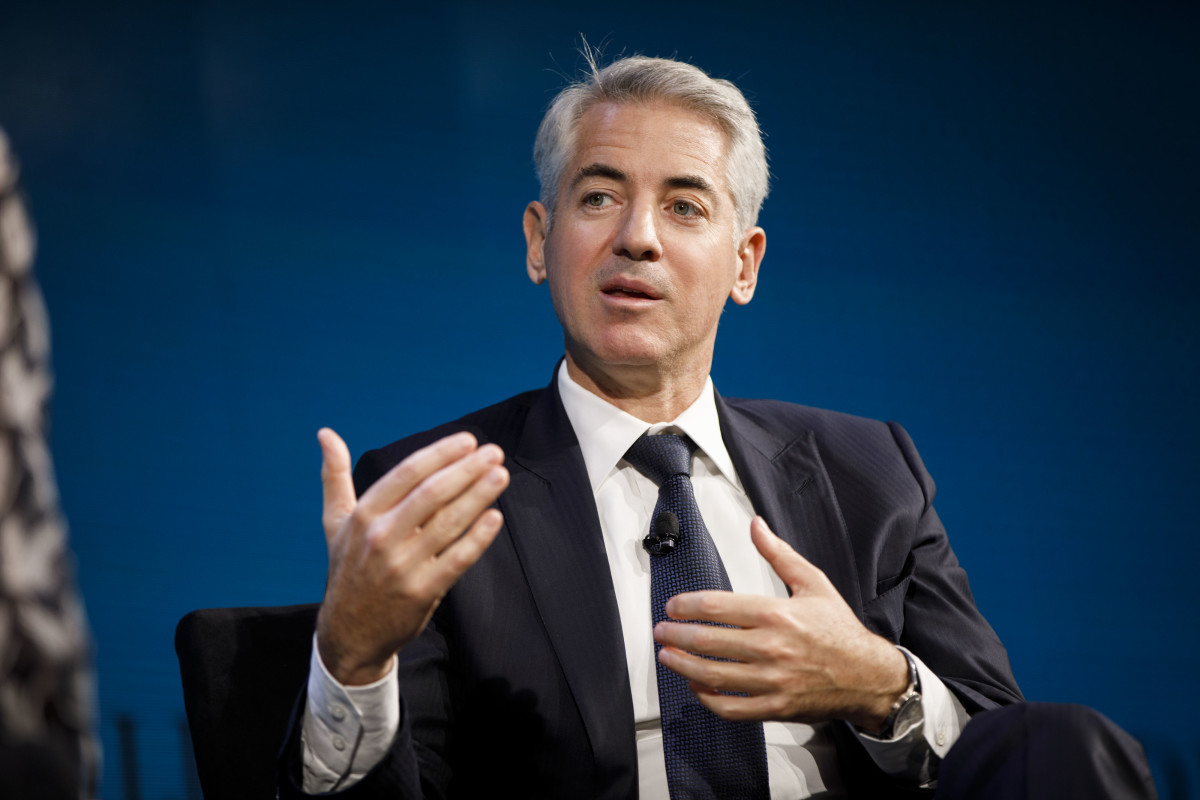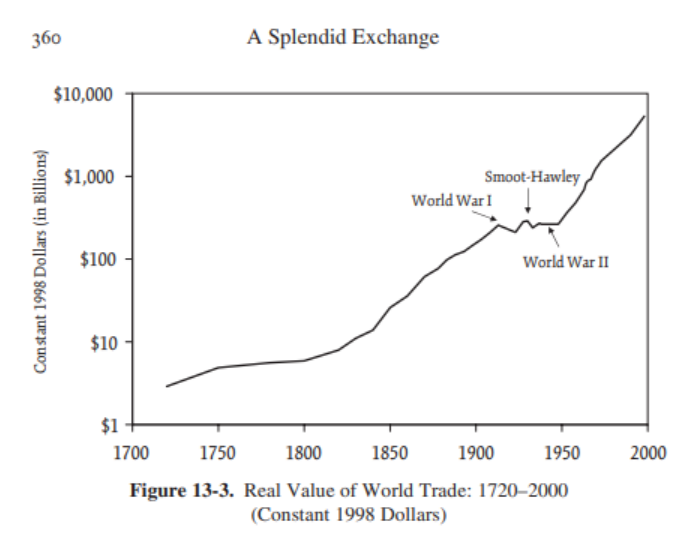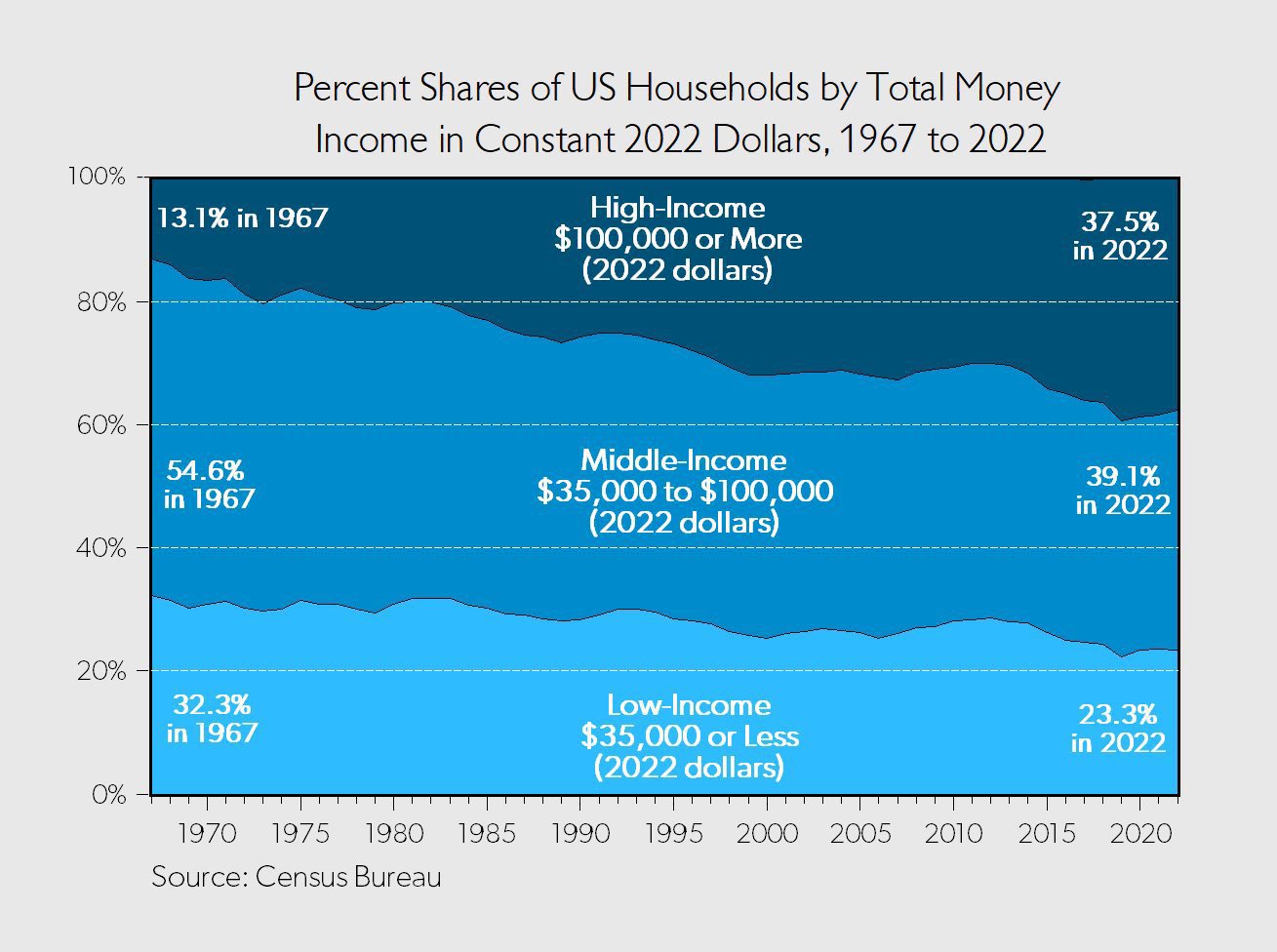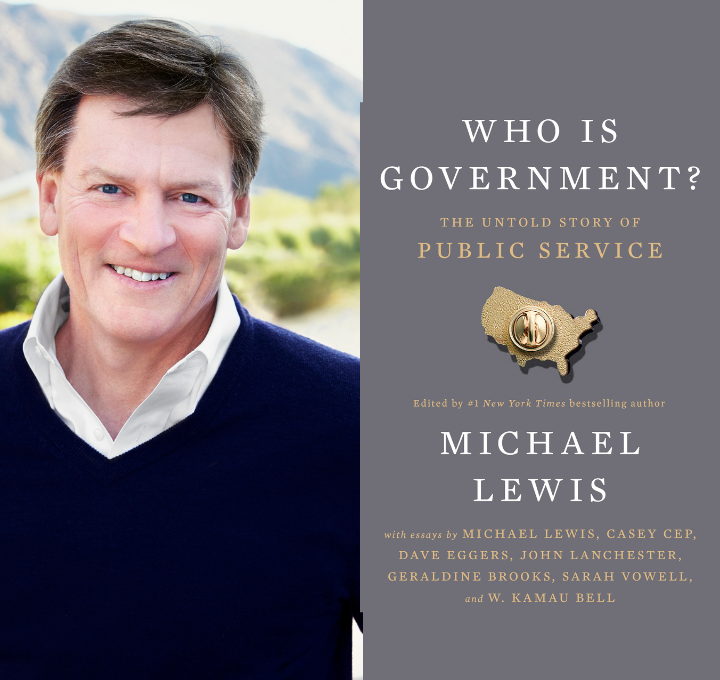How to Plan for Healthcare Costs in Retirement (Hint: It’s More Than You Think)
One of the biggest factors affecting retirement planning is also one of the most difficult to plan for. Medical and healthcare costs can and do play a massive role in how much disposable income you have during your golden years, but it’s frustrating not knowing exactly how much you will need. The hope is always […] The post How to Plan for Healthcare Costs in Retirement (Hint: It’s More Than You Think) appeared first on 24/7 Wall St..

One of the biggest factors affecting retirement planning is also one of the most difficult to plan for. Medical and healthcare costs can and do play a massive role in how much disposable income you have during your golden years, but it’s frustrating not knowing exactly how much you will need.
Unfortunately, medical expenses are among the most prominent retirement concerns.
Without universal healthcare in the US, you are responsible for all costs of healthcare during your retirement.
Even Medicare and associated costs can run up quickly if you don’t have the right secondary coverage.
Are you ahead, or behind on retirement? SmartAsset’s free tool can match you with a financial advisor in minutes to help you answer that today. Each advisor has been carefully vetted, and must act in your best interests. Don’t waste another minute; get started by clicking here here.(Sponsor)
Key Points
The hope is always that you only have minimal expenses while retired, but everything from supplemental insurance alongside Medicare to long-term care can and does quickly add up. It’s not unheard of for out-of-pocket costs to quickly drain retirement accounts, so it’s best to be prepared.
Where Are Healthcare Costs Going?
According to a Fidelity Investment study performed in 2025, the average healthcare bill for a 65-year-old retiring in 2025 could be around $165,000, up 5% from 2023. While the math will vary depending on the source, there is no denying that more than 50% of Americans approaching retirement are expected to feel overwhelmed by costs incurred as part of Medicare and supplemental insurance.
In 2018, the median cost of a retiree’s total retirement for medical care was only around 12% of savings. Today, that number has almost tripled, and groups like RBC Wealth Management even predict a far higher number than Fidelity, anticipating that a 65-year-old couple will spend over $680,000 in long-term medical costs annually.
The bottom line is that these out-of-pocket costs are not just growing but growing out of control. Between inflation and the greater demand for medical care for people living longer, medical care costs are rising faster than other retirement expenses.
Start Saving Early
The best way to plan for healthcare costs during retirement is to start planning and saving early. Unfortunately, the days of $1 million lasting you the entire course of retirement are no longer a reality. This number has to factor in that Medicare isn’t likely to cover at least one-third of your medical expenses during retirement.
This means you must plan and start saving for things like premiums, deductibles, and co-pays early on and carve this money out separately from the rest of your retirement savings. It’s okay to factor in your current health and your family’s health history to look at potential problem areas, but you should always overshoot what you expect you might spend so there is a buffer of protection.
To get ahead, consider boosting your retirement savings by maximizing your 401(k) contributions, especially if you have an employer match.
Health Savings Accounts
In 2025, you can contribute as much as $4,150 to a health savings account or $8,300 to save money for your family. As an account that lets you save and pay for qualified medical expenses with money that grows tax-free, this can be a great solution to offset some of the costs you could or will incur upon retirement.
The good news is that the IRS changes the maximum contribution amount every year, so you might be able to contribute more as you inch closer to retirement. Just be warned that you must have a high-deductible health plan to contribute to a plan, otherwise known as an HDHP. Thankfully, an HSA plan is tax-deductible, all qualified medical expenses are tax-free, and unused funds roll over so you can build up a nest egg.
Better yet, HSA funds can be used to cover Medicare premiums, copayments, deductibles, and long-term care when and if necessary.
Roth and Traditional 401(k) accounts
The hope is that you are already using these account types to plan for retirement costs, but you could consider one of these accounts a dedicated healthcare-only option. The challenge is that there is a penalty if you withdraw money before you turn 59.5. Withdrawals are also taxed, so it’s something to consider. On the plus side, this money will be invested, so you can hope for a 6-10% return that will grow your nest egg to enjoy retirement and build up savings to offset medical costs.
Delay Social Security
If you can delay your Social Security benefits until you are 70, you will find that your benefit payout is much higher than it would have been at 62, never mind Full Retirement Age at 67. The result is that you have a little more flexible income to help offset more traditional healthcare costs like Medicare premiums, copayments, and deductibles.
Long-Term Care Insurance
One of the better investments you can make would be to invest in long-term care insurance. While costs vary, knowing that you can take out a policy tailored to a premium amount you are comfortable with will go a long way to offsetting some of the more considerable costs you could incur while retired.
According to Merrill Lynch, the idea that a private room in a nursing home can cost upwards of $100,000 per year is one of the easiest ways to watch your retirement savings drain away. In 2025, you can take out long-term care insurance for under $10 – $15,000 annually, which sounds like a ton of money, but it can pay off if you need long-term care.
Of course, cost will vary based on age and health, but the idea that you can get some policies offering inflation protection can go a long way to ensuring you don’t see your costs jump significantly yearly.
Medicare Supplemental Plans
It should go without saying that enrolling in Medicare Part A for hospital insurance and Part B for medical insurance is a no-brainer during retirement when you turn 65. However, beyond that, you want to add Part D for prescription costs and a Medigap policy to help fill in the coverage blanks for copays and deductibles.
You might also want to consider a Medicare Advantage plan that can bundle many of these benefits, though you would be doing so with a slightly more limited medical network. Private insurers also offer Medigap, and plans can vary in cost, depending on your preferred coverage. However, both options can significantly reduce your potential out-of-pocket expenses while retired, giving you peace of mind and improved financial security.
Medical Tourism
This is a bit of a crazy suggestion, but medical tourism is growing increasingly popular. Countries like Thailand, India, and Costa Rica can perform everything from dental work to hip replacements for far less money than it would cost in the United States.
It’s not unheard of for medical care that would require $50,000 in the US to require one-fifth of this or $10,000 if you did it overseas, and this number includes travel and associated costs like a hotel, airfare, etc.
If you go this route, you must research where you are going and the doctor and understand all of the necessary logistics. However, medical tourism was a $41.75 billion market in the United States in 2025 and keeps growing for a reason. In fact, medical tourism is expected to grow 16% annually between 2025 and 2030, driven by one factor that matters most to retirees: cost savings.
The post How to Plan for Healthcare Costs in Retirement (Hint: It’s More Than You Think) appeared first on 24/7 Wall St..




